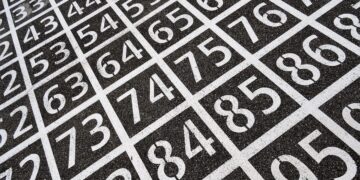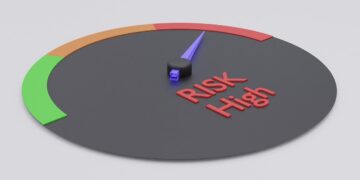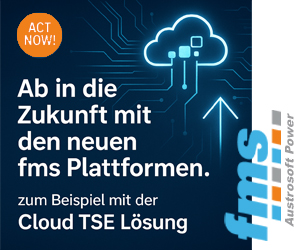Since 2001, DLR successfully operates a number of taxi Floating Car Data (FCD) systems together with several taxi companies. This sophisticated name stands for a traffic detection system which allows quick and reliable measurement of the traffic situation.
Geo- and time-referenced position data of taxis form the backbone of the system. Based on these raw data travel speeds for defined road seqments are calculated providing high-quality information on the prevailing traffic situation. The idea behind is as simple as it is clever.
Taxis have a very high annual mileage within the urban areas. Also, they are typically equipped with digital radio which is an affordable solution for data transfer. Moreover, they move through the traffic flow in the same way as the vehicles in their surroundings. Each taxi is equipped with a Global Positioning System (GPS). Via existing digital radio or other radio technologies, e.g. General Packet Radio Service (GPRS), data like GPS position, time stamp, vehicle identification number (vehicle ID) and current operating status is transmitted to the taxi dispatch center in more or less regular intervals of 10-90 seconds.
In an anonymous form this data is passed on to the researchers of the Institute of Transportation Systems at the DLR. Anonymous form means that the ID given to the vehicle is fictitious and does not correspond to the real taxi ID. In addition, this identification number is replaced with a new vehicle ID for each single journey. This ensures that it is not possible to draw conclusions on the driving behavior of individual taxis and their drivers (see figure).
The geo-referenced taxi data is then transferred to a digital road map, a so-called edge – node model. The route most likely chosen by the taxi is calculated between subsequently reported GPS positions by a special routing algorithm. Road characteristics, e.g. speed limits and road category, are taken into account.
The travel speed is calculated by dividing the travel distance by the travel time. Updated traffic information is available every five minutes due to the high number of taxis connected to the FCD system as well as the fast data transmission and data processing performance.
The travel speeds on edges collected in this way are an indicator for the prevailing traffic situation and are used for various research applications (compare fact box). By this, the taxi companies contribute significantly to transport research – not only in Germany but also all over the world. Taxi companies interested in cooperation are welcome to contact the DLR Institute of Transportation Systems, department Traffic Management, at any time.








